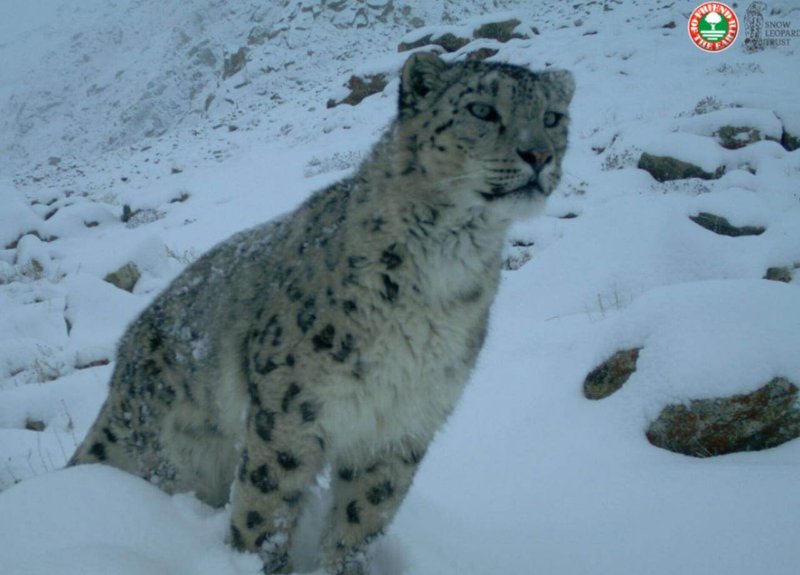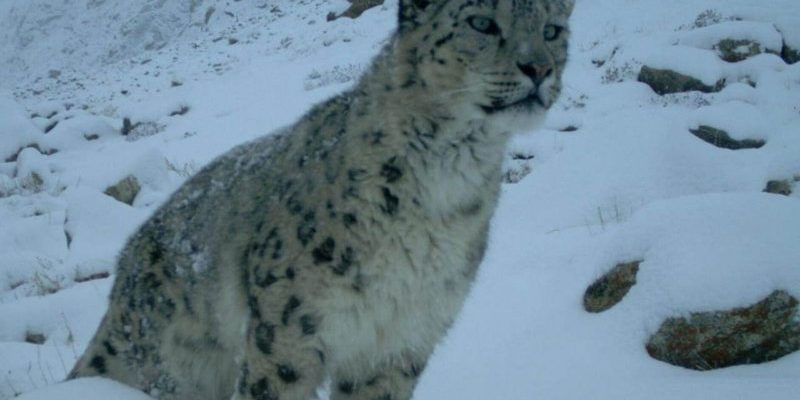
Honestly, snow leopards aren’t your typical ferocious predators like lions or tigers, but they can be dangerous under certain circumstances. Much like how a fierce thunderstorm can seem beautiful from a distance before it turns harmful, these elusive big cats have a side that can be concerning. In this article, we’ll explore their behavior, habitat, and the circumstances under which they might pose a threat to humans.
Understanding Snow Leopard Behavior
Snow leopards are solitary creatures that roam the rugged terrain of mountain ranges. They’re masters of their environment, adapting well to the harsh climates of the Himalayas and surrounding areas. Their shy and elusive nature makes them more likely to avoid human contact than to seek it out.
You might be wondering what makes them tick. Snow leopards primarily hunt animals like mountain goats and sheep, using their stealth and camouflage to approach their prey. Typically, they’re more interested in dining on wildlife than tangling with humans. This instinct to avoid confrontation plays a significant role in how they interact with people.
However, there are exceptions. If a snow leopard feels threatened or cornered, it may react defensively. Just like any wild animal, their instinct to protect themselves can lead to aggressive behavior.
When Do Snow Leopards Attack Humans?
While attacks on humans by snow leopards are rare, they can happen. Usually, these incidents stem from a few specific situations.
First, if a snow leopard is protecting its cubs or feels that its territory is being encroached upon, it might see humans as a threat. Mother snow leopards are particularly fierce when protecting their young. Imagine a mama bear; that same protective instinct applies here.
Secondly, if a snow leopard is in search of food and is desperate enough, it could see humans as potential prey. Though they primarily hunt livestock, a hungry snow leopard may take risks it normally wouldn’t. This desperation can lead to dangerous encounters, especially in areas where livestock farming and snow leopard habitats overlap.
Geographic Distribution and Human Encroachment
Snow leopards roam across several countries in Asia, including Nepal, Bhutan, China, and Mongolia. Unfortunately, as human populations expand, these cats are increasingly pushed into closer proximity to people.
This encroachment often leads to conflicts. For instance, farmers may find their livestock at risk from hungry snow leopards, resulting in retaliation against these magnificent animals. It’s a tough situation where both humans and snow leopards are trying to coexist, but the balance is fragile.
Local communities often face challenges due to these conflicts. Educating people about snow leopard behavior and promoting protective measures for livestock can go a long way in reducing tension between humans and these beautiful creatures.
Conservation Efforts and Education
Instinctively, many people don’t want to harm snow leopards, but fear often drives conflict. Conservation efforts are essential to ensuring both human safety and the survival of these big cats. Organizations working in snow leopard habitats often focus on community engagement and education.
Programs that teach farmers how to protect their livestock—like using guard animals or building secure enclosures—help reduce the likelihood of conflict. By providing support and resources, communities can learn to coexist with these wild cats rather than seeing them as threats.
Additionally, creating wildlife corridors can help maintain a safe distance between snow leopards and human settlements. Just as we need safe paths for our busy roads, animals need their own routes to thrive without interference.
Snow Leopards in Cultural Context
In many cultures, snow leopards hold significant symbolic meaning. They often represent strength and resilience. For example, in Himalayan mythology, they are sometimes seen as protectors or guardians of the mountains. This cultural significance reinforces the need to protect their populations and habitats.
You could think of them as the spiritual custodians of the mountain ranges they inhabit. By keeping a connection to cultural beliefs, it’s easier to foster respect and understanding between people and snow leopards.
When we appreciate their role in the ecosystem and value their presence, we’re more inclined to support conservation efforts that benefit both the snow leopards and local communities.
So, can snow leopards be dangerous to humans? Yes, but it’s essential to understand that these instances are not the norm. Most of the time, snow leopards want nothing to do with us. They’re not out looking for trouble; they’re simply trying to survive in a world where their habitat is shrinking and resources are dwindling.
Ultimately, fostering coexistence is crucial. By supporting conservation efforts, educating communities, and respecting wildlife, we can create a safer, more harmonious environment for both snow leopards and humans. It’s a journey that requires teamwork and understanding, but one that can result in mutual respect and survival for these amazing big cats.

